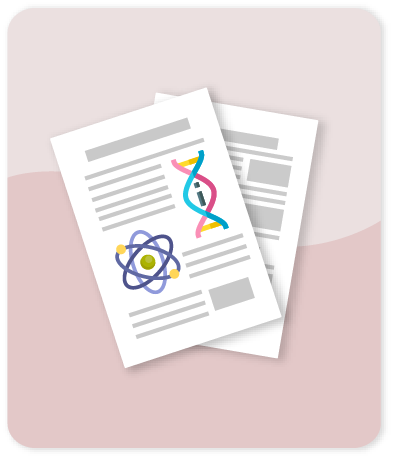Regression fusion framework: An approach for human capital evaluation

Compartir este ítem
Fecha
2017Autor
Londoño-Montoya E., Gomez-Bayona L., Moreno-López G., Duarte C.A., Marín L.G., Becerra M.
Londoño-Montoya, E., CEO Research Group, Universidad San Buenaventura, Colombia, Universidad de Medellín, Colombia; Gomez-Bayona, L., GIRE Research Group, Institución Universitaria Salazar y Herrera, Colombia, Universidad de Medellín, Colombia; Moreno-López, G., CEO Research Group, Universidad San Buenaventura, Colombia, Universidad de Medellín, Colombia; Duarte, C.A., GEA Research Group, Institución Universitaria Salazar y Herrera, Colombia; Marín, L.G., Universidad de Medellín, Colombia; Becerra, M., GEA Research Group, Institución Universitaria Salazar y Herrera, Colombia
Citación
Metadatos
Mostrar el registro completo del ítemResumen
Intangible assets are currently one of the most prized resources of an organisation because of their ability to create value and their position as a competitive advantage. The production capability of the human capital (HC) is considered to be one of the most valuable intangible assets of the universities. In fact, its evaluation allows identifying skills and capabilities of the organisation members, leading managers to make appropriate decisions when assigning activities and responsibilities to achieve specific goals efficiently. This paper presents a fusion framework for evaluating the human capital of the universities using Dempster-Shafer algorithm for fusing four regression systems (Adaptive neural fuzzy inference system- ANFIS, support vector regression-SVR, artificial neural networks - ANN, and k-nearest neighbour - KNN). Four criteria (work experience, education levels, skills, and job satisfaction) were established for assessing the human capital from 49 metrics, which were used as input of the regression systems. The Likert scale was used to obtain the perceptions and opinions of the experts (evaluators) to qualify the variables of each criterion. The system was validated using cross-fold validation and a database, which was constructed from a survey applied to 100 individuals professors of different categories from Colombian universities. The study allowed to measure the four criteria from 49 specific questions, which included personal information, research productivity, training activities, undergraduate and postgraduates, innovation, use of technology, among others. Finally, the clustering analysis and relevance analysis were carried out on the variables to group metrics and select the relevant variables into each established criteria. The results demonstrated that the proposed fusion framework is adequate to the human capital assessment of higher education institutions. Additionally, the fusion method achieved an accuracy greater than the individual regression systems.
Colecciones
- Indexados Scopus [1893]
